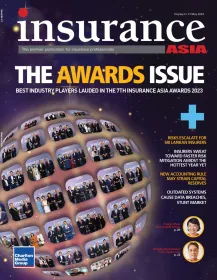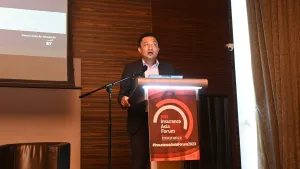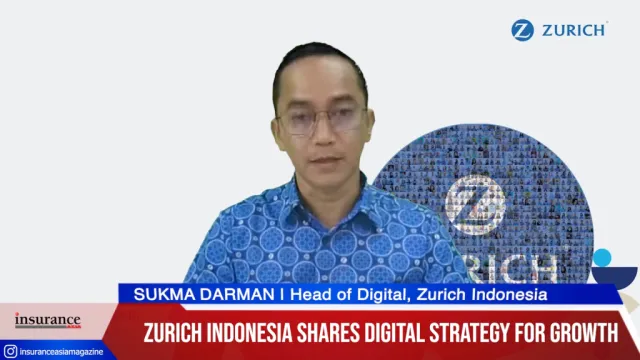Can insurers deliver more value to customers?
By Harshveer Singh and Henrik NaujoksFrom tracking drivers’ braking behaviour, to installing wearable devices on factory workers, to funding medical advice mobile apps, many insurance companies are trying to become more present in their customers’ lives. They know that earning greater loyalty will require interacting more with their customers and delivering more value as well. Insurers are finally paying attention to this customer-centric approach as an alternative to the traditional internal focus on products, agents, and in-year financial considerations.
Many insurance executives realise that a business built around customer advocacy can improve their economics. Customers who are loyal promoters of their insurers stay longer, buy more, recommend the company to friends and family, and usually cost less to serve, a Bain & Company analysis shows — with the mix of these forces dependent on the particular market and type of insurance.
Bain’s recent survey of 164,421 consumers in 19 countries, through Research Now, sheds light on the dynamics behind loyalty in P&C and life. The survey analysis, together with our client work, suggest three important themes for insurers to keep in mind as they build out a customer-centric distribution and service model.
Get closer to the customer
Being in touch more frequently with consumers contributes to loyalty, in both the life and P&C sectors. Interactions that are complex and attract more multichannel behaviour, such as getting advice and a quote on a life insurance product, have the biggest potential to delight customers. But even raising the number of simple digital interactions can advance the cause of loyalty. As a bonus, each interaction enables an insurer to learn more about the individual consumer and sets the stage for customised future offerings. Digital tools, moreover, expand the universe of possible interactions, including services that extend well beyond traditional insurance coverage. A large group of consumers in our survey — 64% in the US — expressed interest in such services. An even larger group are willing to share personal financial, health, or other data with insurers.
Some insurers are starting to create an ecosystem of services that customers value, with emerging initiatives taking many forms. For example, AIG has invested in Human Condition Safety, a technology start-up developing wearable devices, analytics, and systems to improve worker safety. These tools help workers, managers, and
worksite owners prevent injuries in manufacturing and construction.
Accelerate the mobile channel
Customers want to use whatever channel is convenient to the moment, whether that’s via a website, an in-person meeting, phone call, or a mobile device. The share of consumers using digital channels to complement other channels keeps growing — between a third of consumers in Hong Kong and two-thirds in China now use digital channels when purchasing a P&C product.
Some of the most creative and promising mobile apps originated in China. Ping An, one of China’s largest insurers, launched the first online financial management service in China in 2009, linking customers to dozens of insurance, banking, payments, and airline sites. More recently, it built a mobile platform called Ping An Good Doctor that now has 77 million registered users and more than 50,000 doctors on board.
Expand your share of wallet
One of the most effective ways to retain more customers is to sell them more products that address their individual needs. Customer churn drops sharply as an insurer sells customers another one or two products, our survey finds. And many insurance firms have ample room to expand their share of the customer’s wallet. A large share of life insurance customers, particularly in Asia, expressed a need for more products or more coverage and would likely buy from their primary insurer. Finding profitable growth through current customers typically is less expensive, with a higher return on investment, than acquiring new ones.
Consumer sovereignty has only grown stronger, with choices for less expensive insurance coverage just a few clicks away. But most consumers don’t want to defect. To the contrary, they often want to simplify their lives and do business with a single company that gives them reasons to stay. For most insurers, then, reigniting organic growth involves a heightened focus on earning customers’ loyalty by understanding their needs, interacting with them more intensely, and delivering more value in the core insurance offering and beyond.












 Advertise
Advertise












